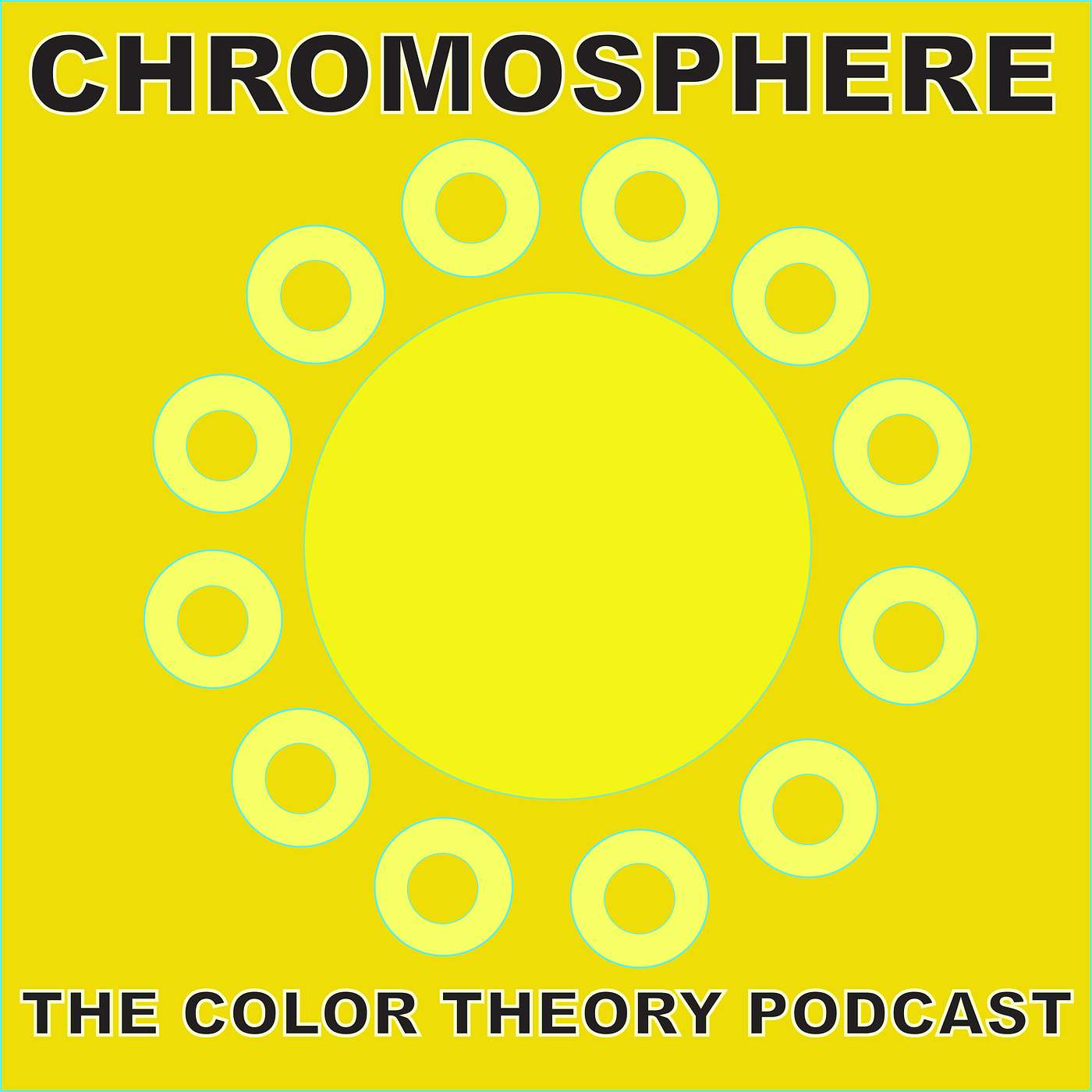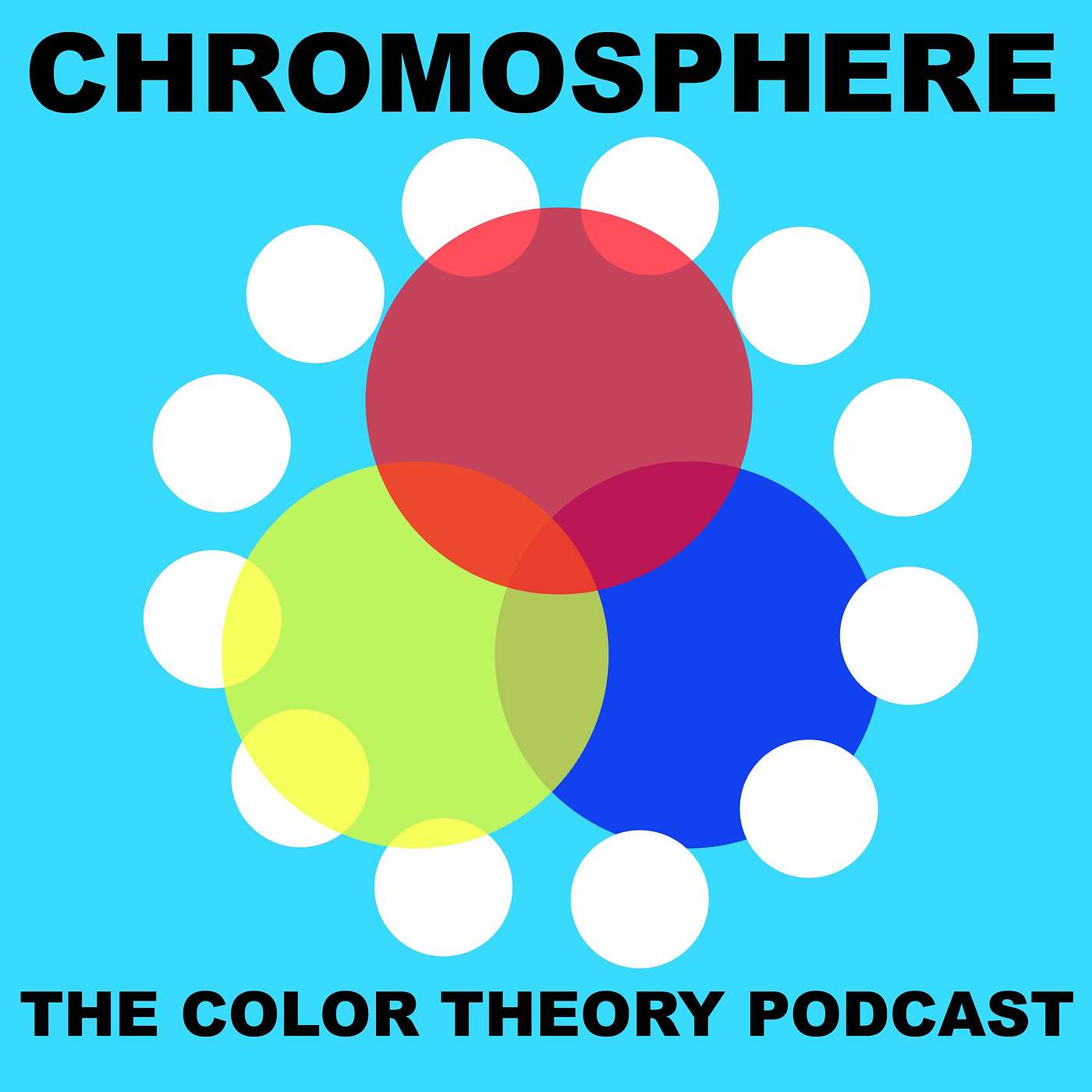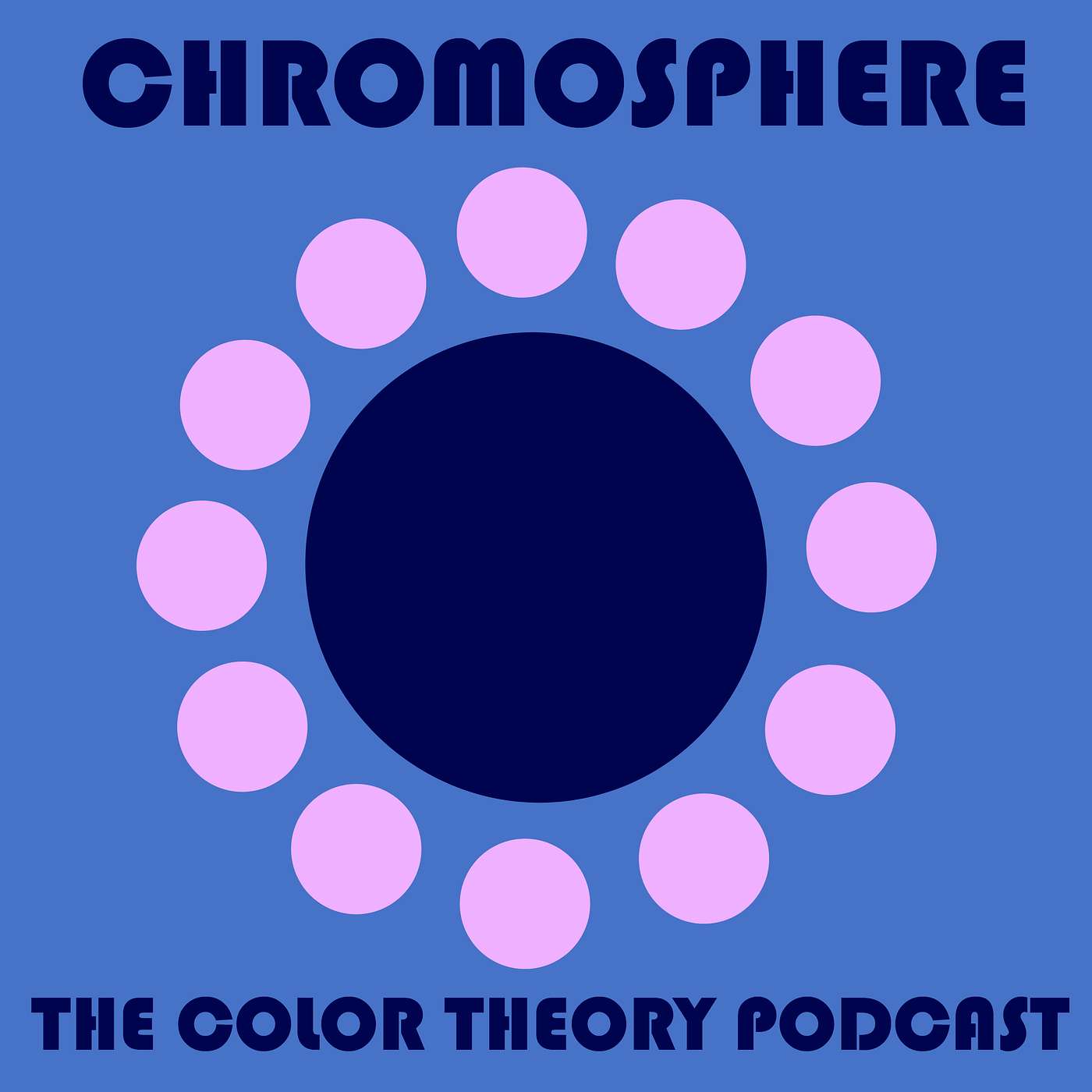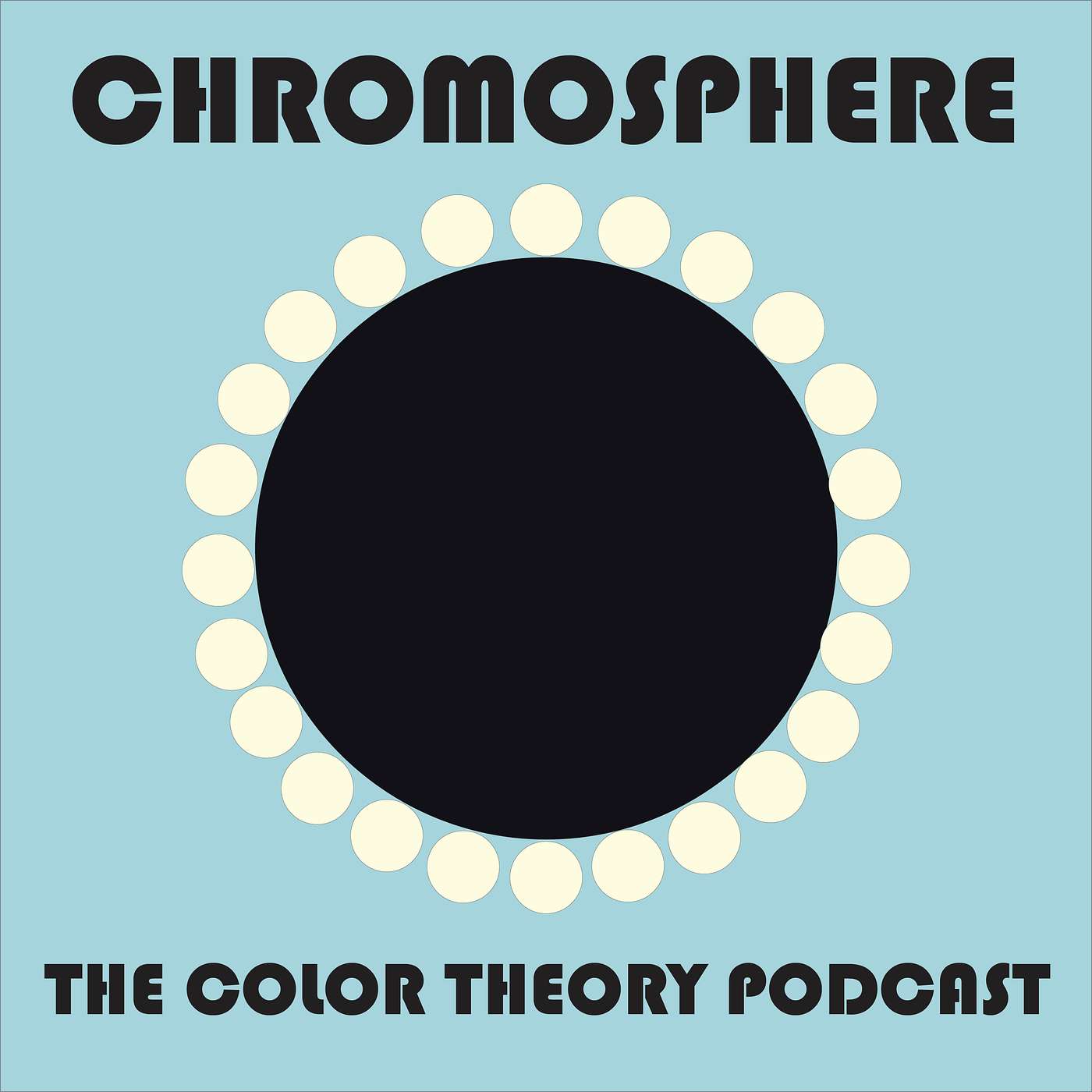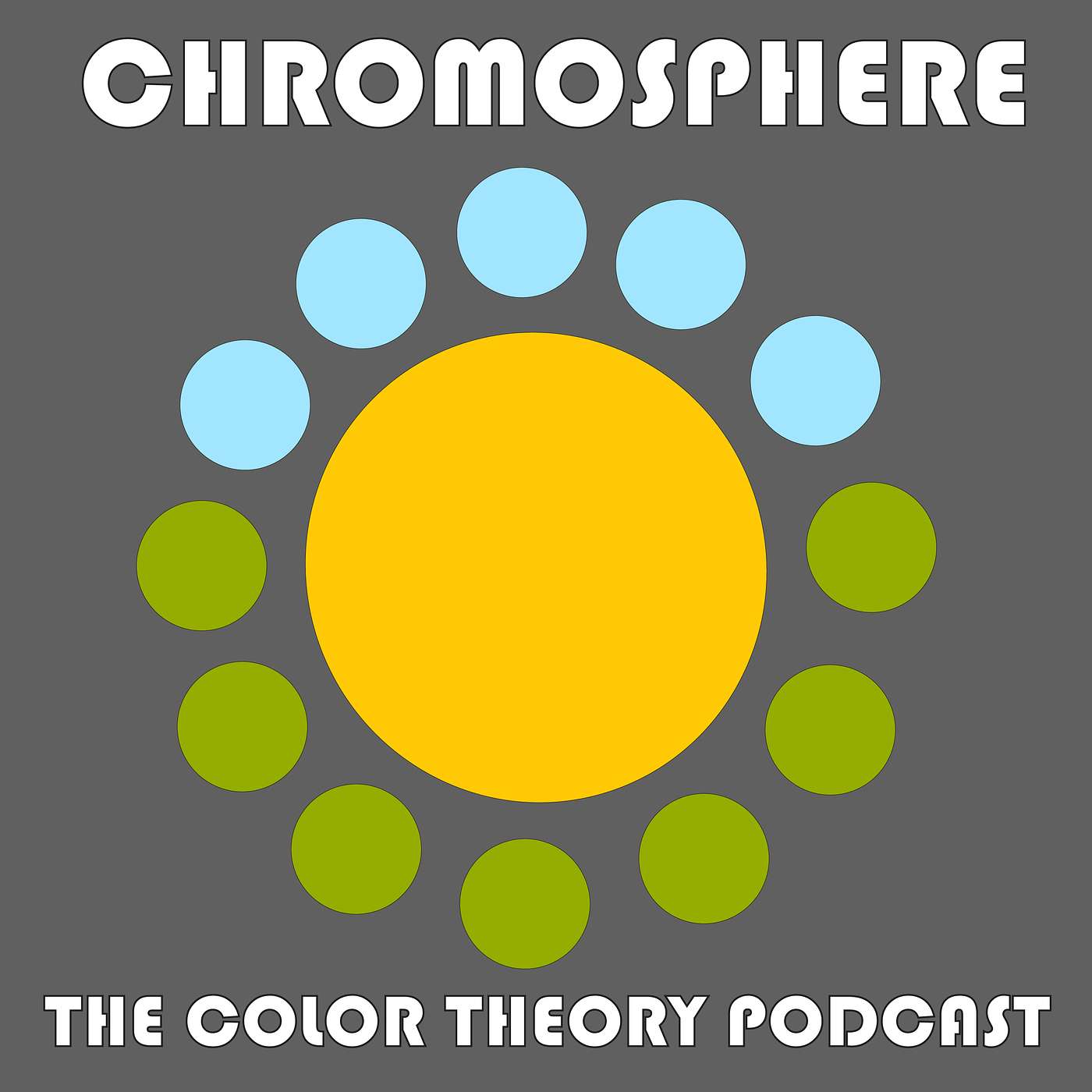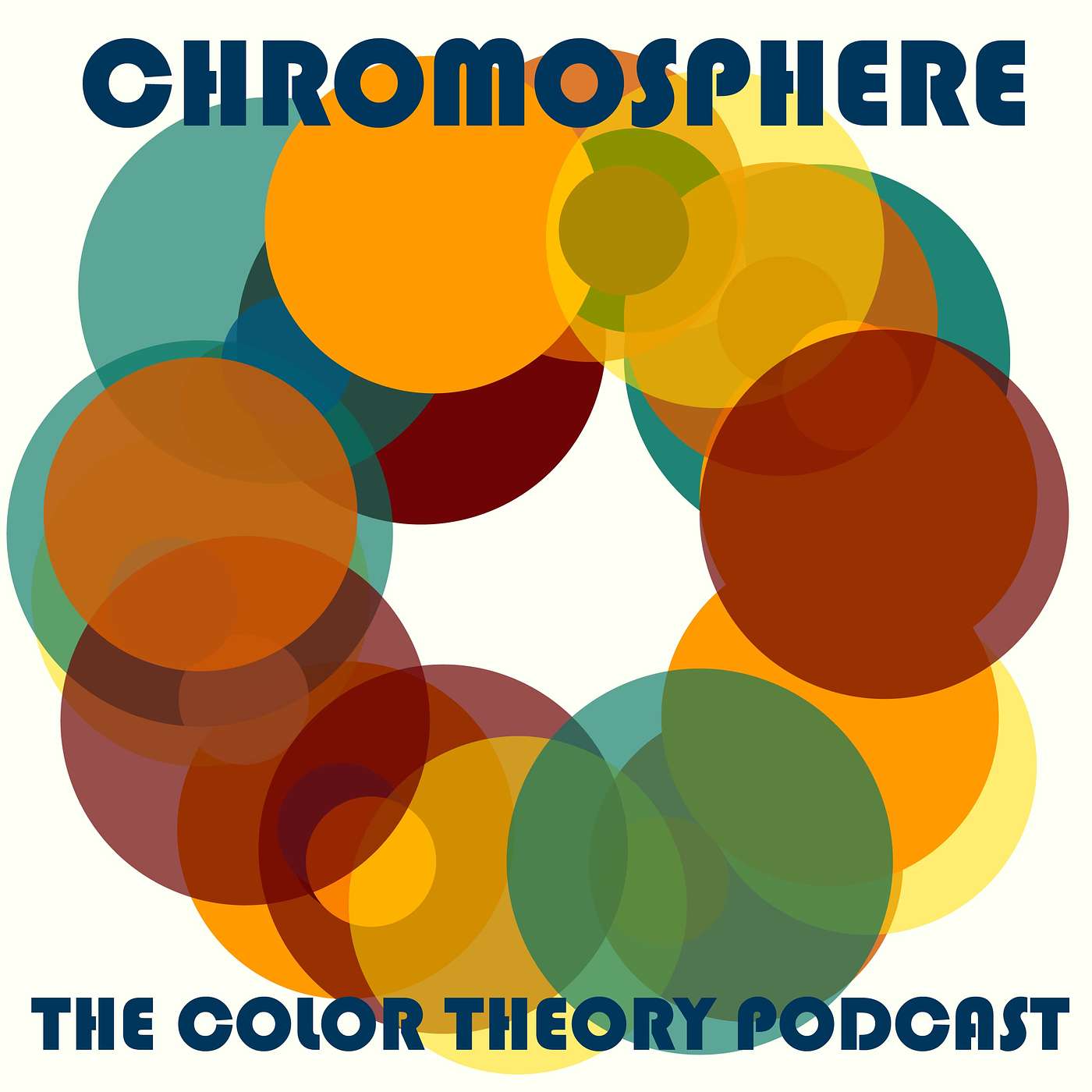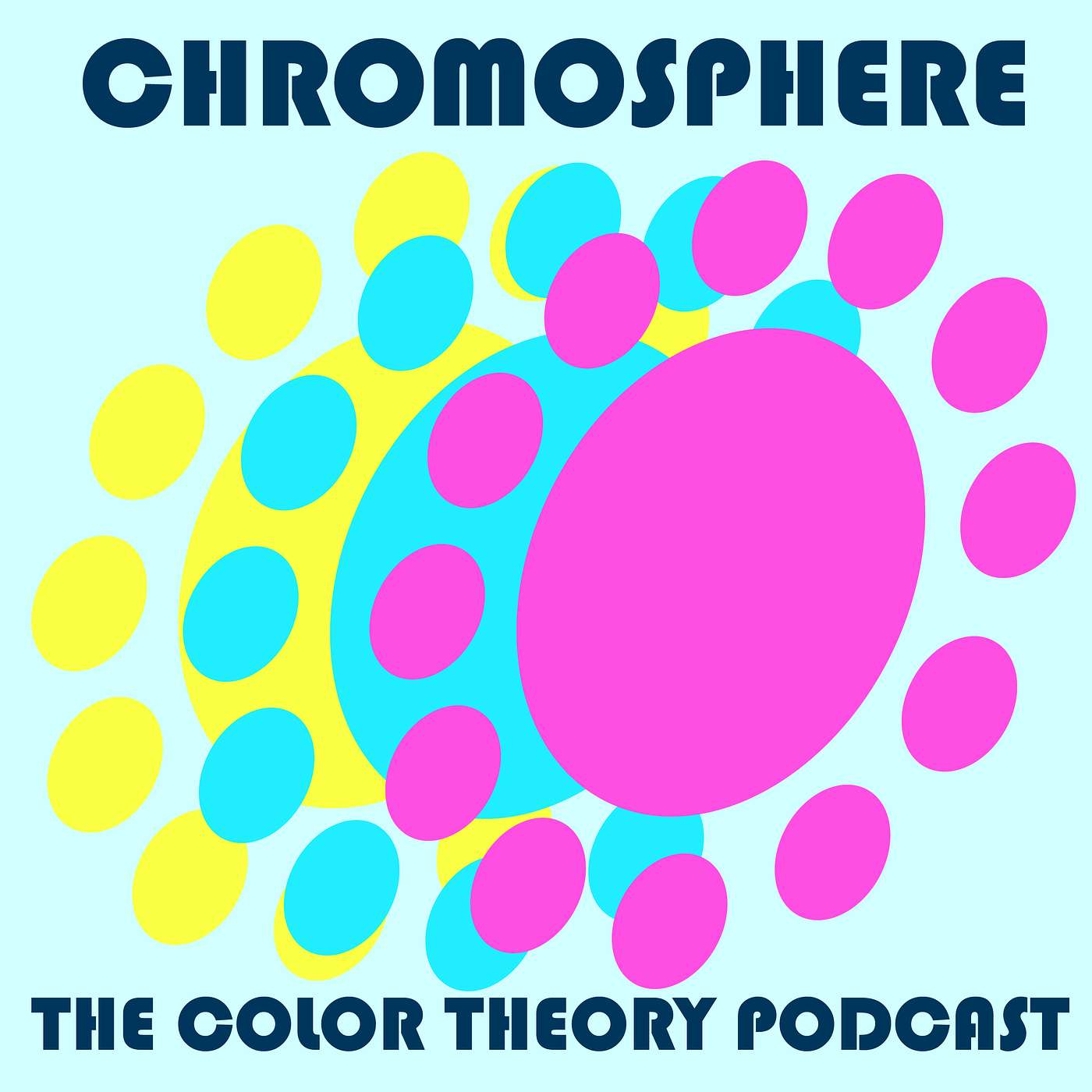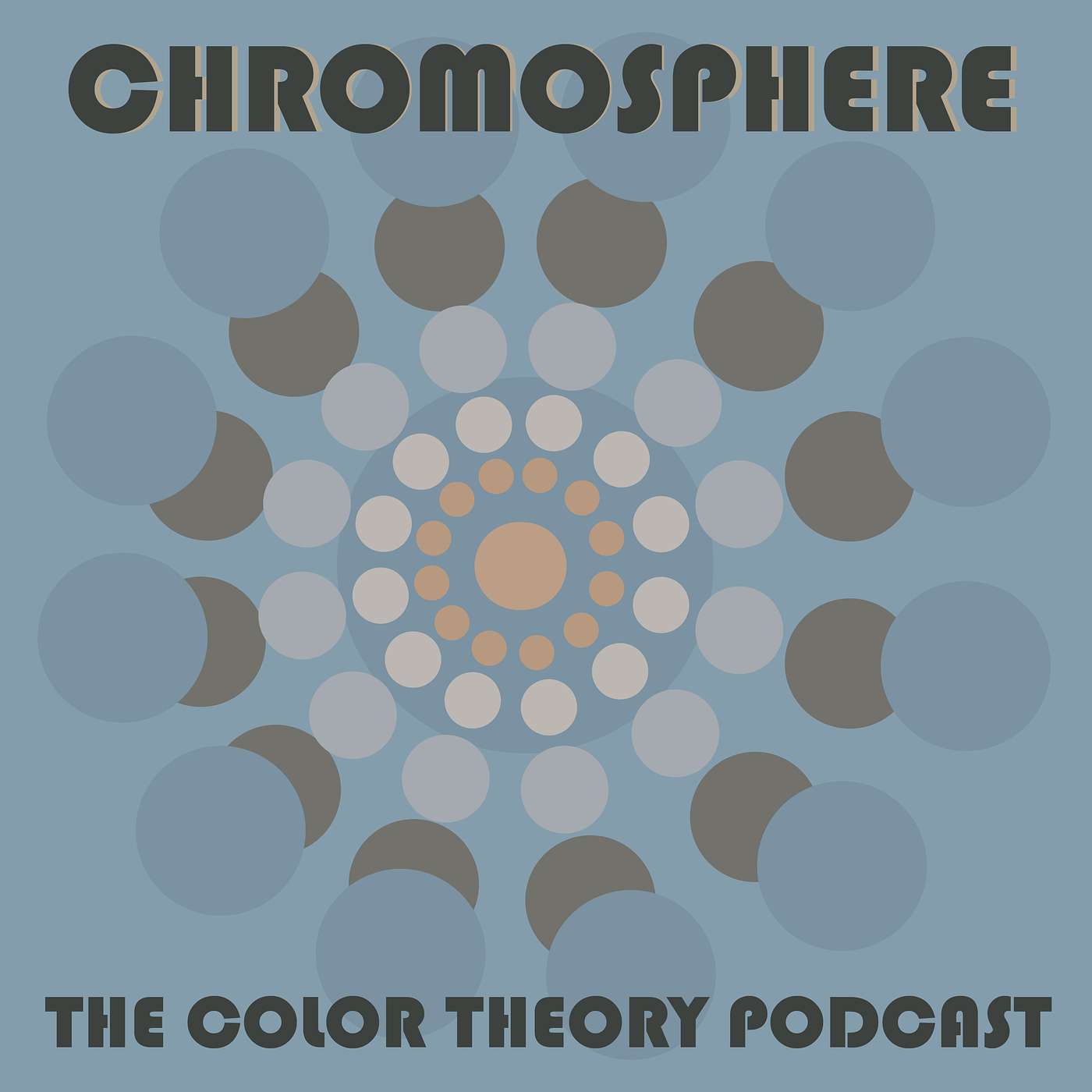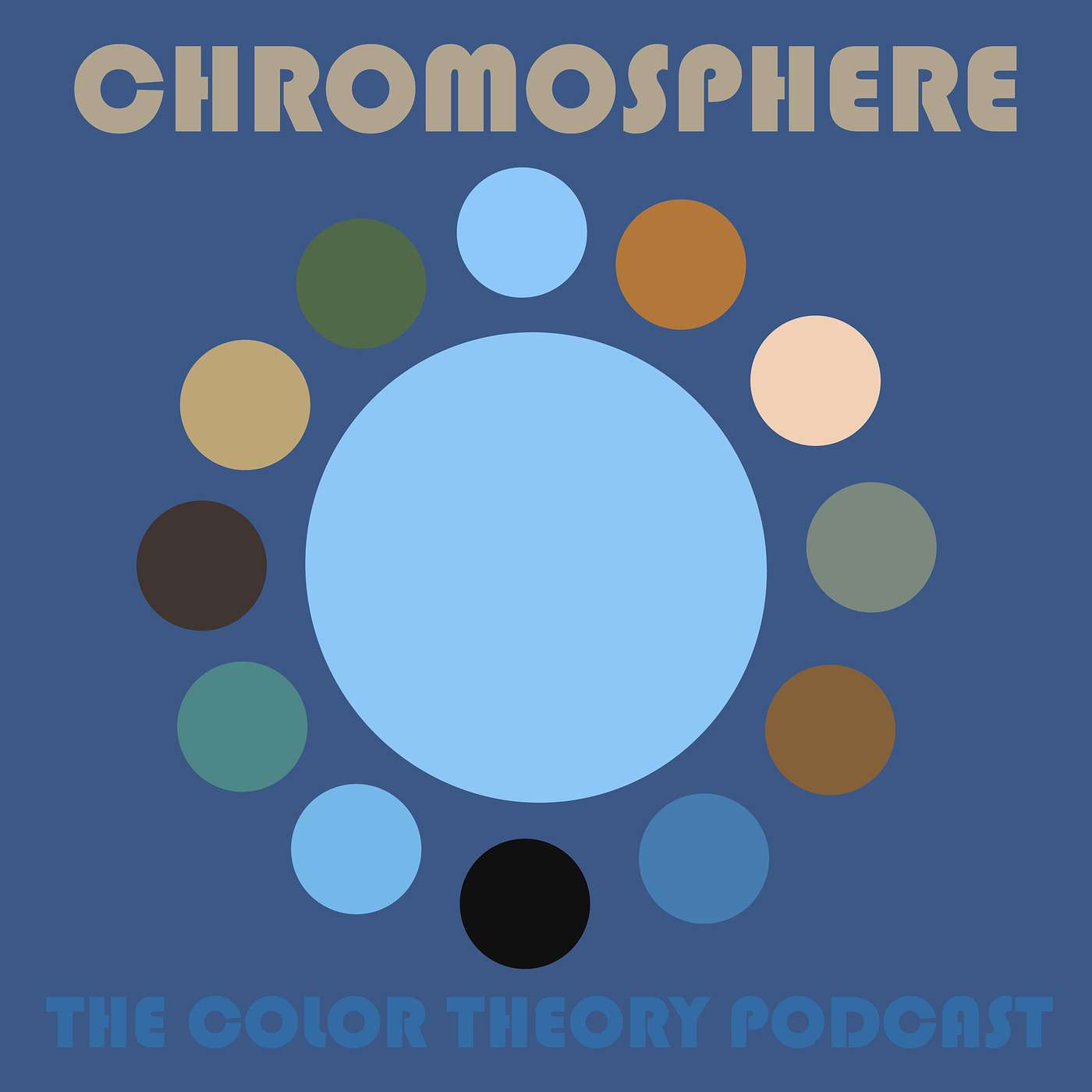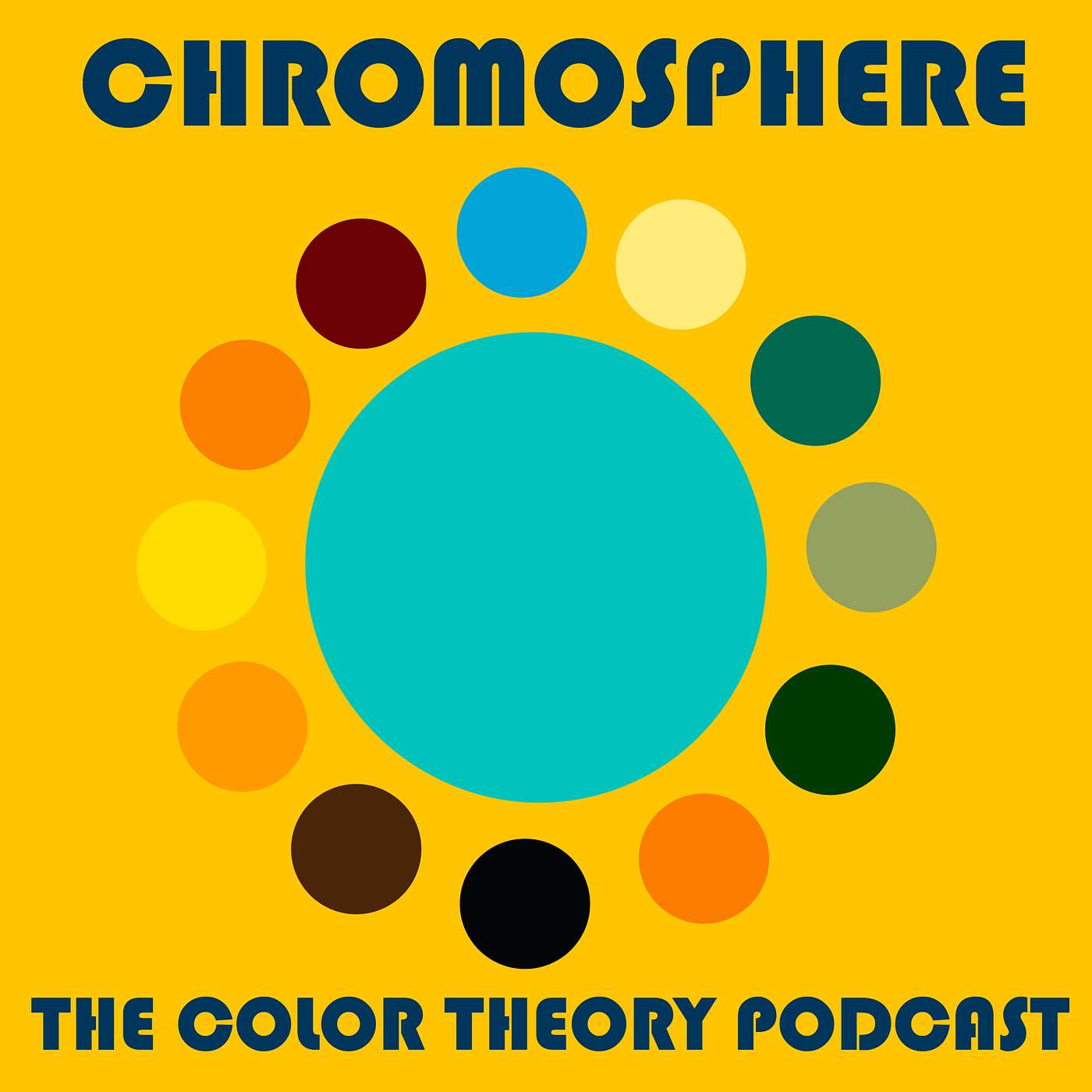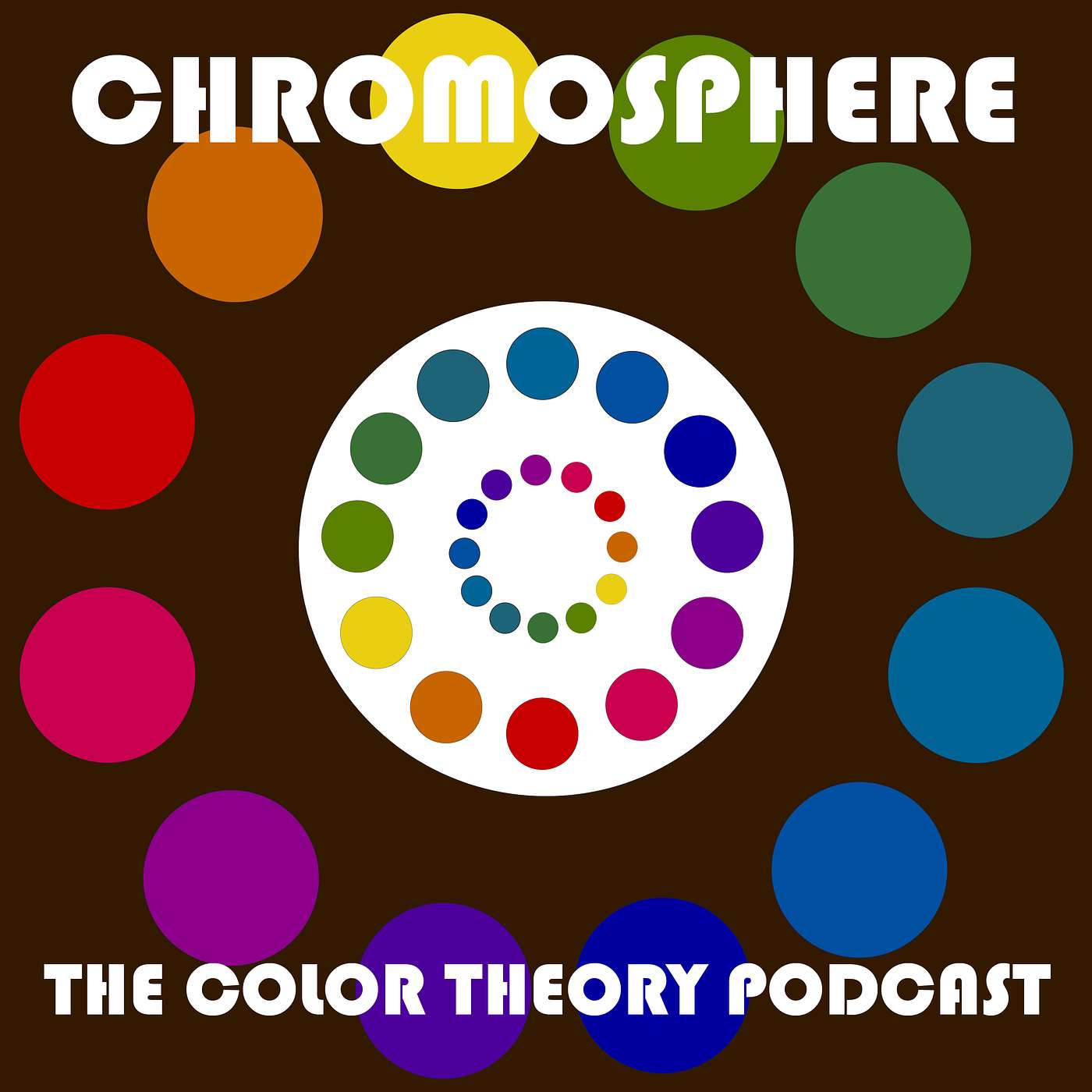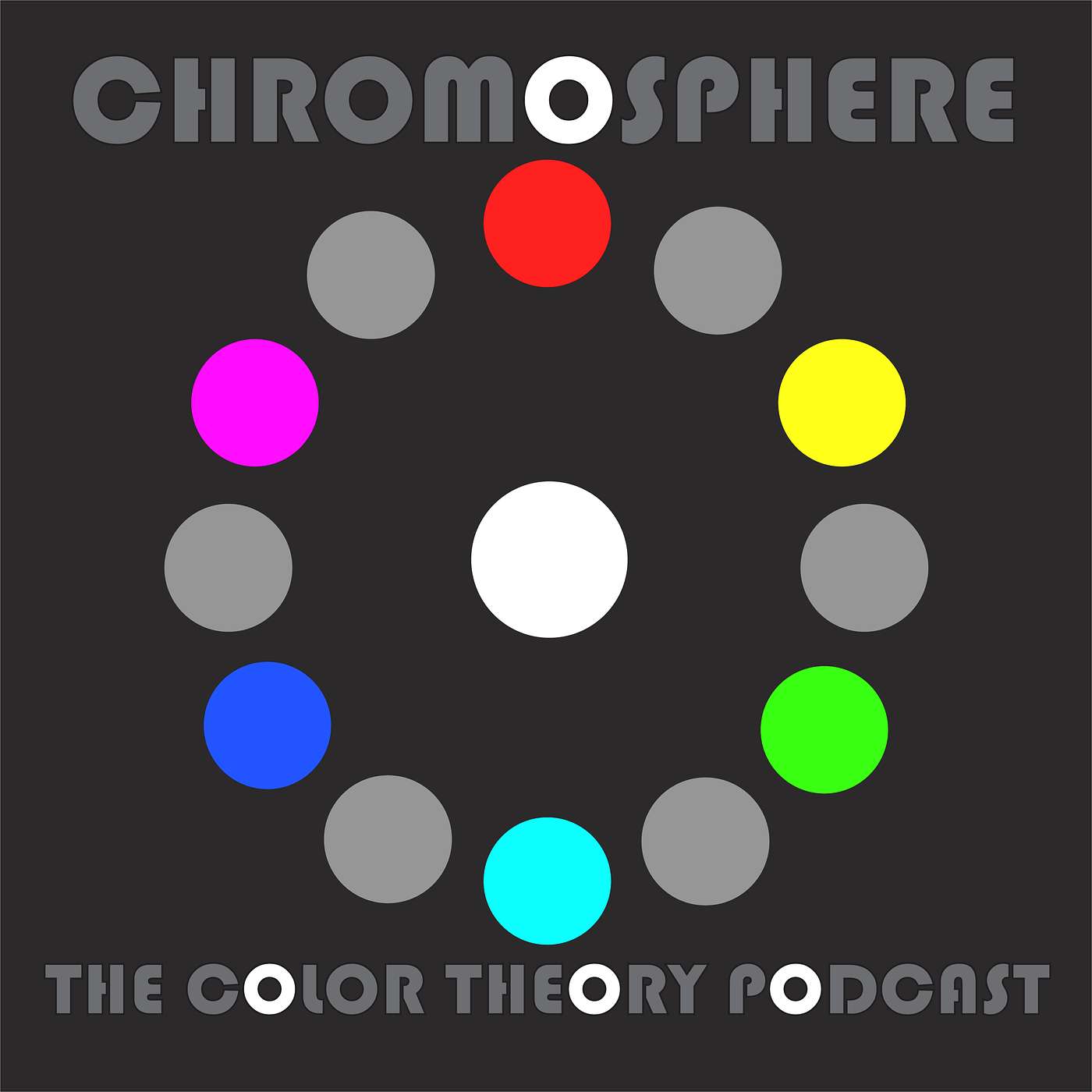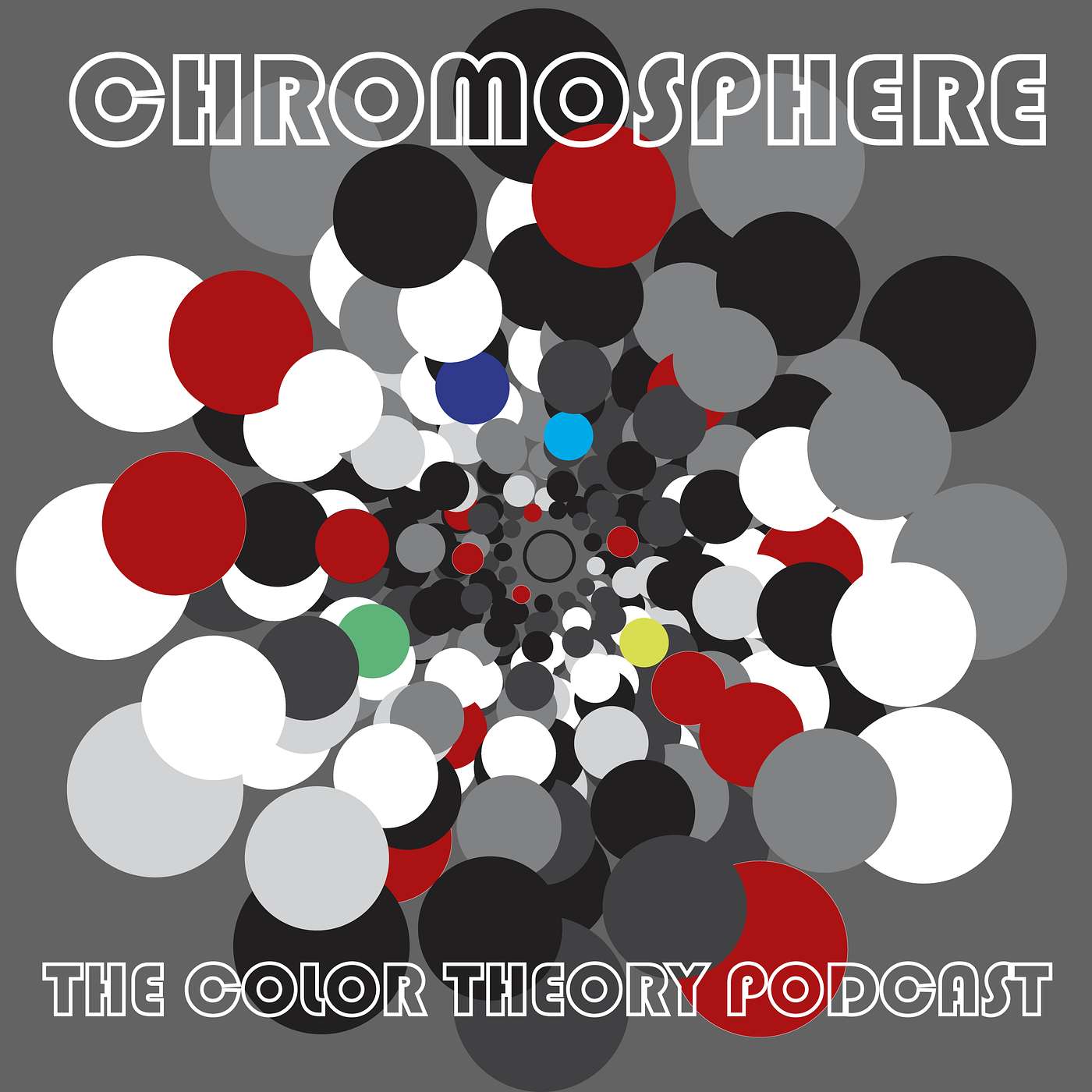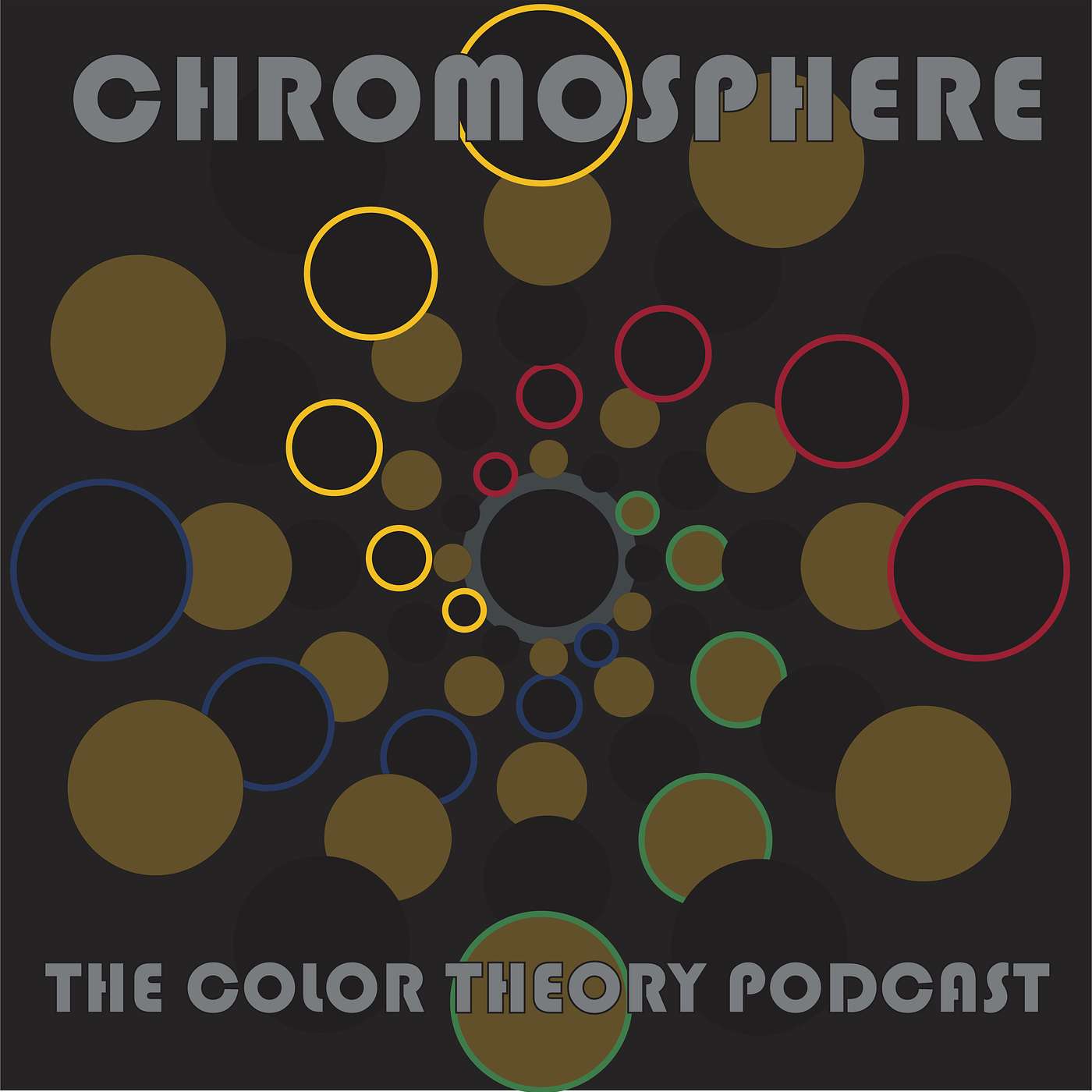Discover Chromosphere: The Color Theory Podcast
Chromosphere: The Color Theory Podcast

Chromosphere: The Color Theory Podcast
Author: Ed Charbonneau
Subscribed: 39Played: 731Subscribe
Share
© 2025 Chromosphere: The Color Theory Podcast
Description
This podcast centers on my research and understanding of color, color usage, and optics as they relate to theories of human color perception in the making of visual art and design. By Ed Charbonneau, an artist (drawing & painting focus), and an adjunct faculty member in the Foundation, Fine Arts, and Creative Entrepreneurship Departments at the Minneapolis College of Art and Design, in Minneapolis, Minnesota, USA. (Content expressed does not reflect the views of the Minneapolis College of Art & Design)
44 Episodes
Reverse
A reflection on teaching primary color concepts; thoughts on persuasion and the Pantone Color of the Year. Resources: Aristotle, On Sense and the Sensible, MIT website Da Vinci, A Treatise on Painting, e-book website (see pages 141 and 147; also 178-79) Ogden Rood, Modern Chromatics, Internet Archive, website Berlin and Kay, Basic Color Terms, Wikipedia (Search UC Irvine for PDF) Pantone website David Batchelor, Chromophobia, University of Chicago Press, website Mitchell Johnson on Colo...
An episode devoted to the color yellow. Resources: The St. Olaf Choir Looney Tunes: Elmer Fudd - Kill the Wabbit Day Glo Company David Briggs. Beyond Colour Theory: Understanding and Applying Colour, National Art School, Sydney, Australia, Online course Lauren Welbourne. Why we see things differently in winter compared with summer, Phys Org, Aug. 5, 2015 Lauren Welbourne, et al. Human colour perception changes between seasons, Current Biology, Aug. 3, 2015 Mike Webster. Environmental In...
A reflection on the past 4 years of the podcast. Matthew Midwood - Website Ed Charbonneau - Website Shedd Aquarium, Chicago, USA - Website Thomas Young - Bakerian Lecture, January 1, 1802, page 20 Barry B. Lee. 2008. The evolution of concepts of color vision. Neurociencias. David Witt - Colormxr color mixing tool International Colour Association - AIC 2025 Taipei: Color for Future Colour Society of Australia - Colour Matrix Sydney 2025 Send us a text Support the show
Guardian website: Do you see blue or green? This viral test plays with color perception Colour Literacy Project: Resources Science How Stuff Works: Earth's Oldest Color was Pink Martin Bricelj Baraga (cyanometer art installation): Cyanometer Color categories in thought and language, edited by C. L. Hardin and Luisa Maffi. Cambridge University Press, New York: 1997 Encyclopedia of Color Science and technology (UC Irvine): World Color Survey Space.com: Parsec Send us a text
Sharing a project I designed based upon Mary Gartside and Emily Noyes Vanderpoel's color methodologies. Try it for yourself, or with a class. Link to project description (Google Doc): Color Project: Mary Gartside and Emily Noyes Vanderpoel Link to video of presentation on Gartside and Vanderpoel's methodologies (on Vimeo): MCAD 2022 Faculty Biennial Forum Presentation by Ed Charbonneau Send us a text
Color and Emotion, the topic of a 5-week online course I have designed and will be teaching in March/April 2025 for the Continuing Education Department of the Minneapolis College of Art and Design. Color and Emotion: Experience and Aesthetic Awareness Online course, five weeks Wednesday evenings March 5 - April 9 (off March 19) 7-9:30 pm CT Course website Mark Rothko at MoMA Michelangelo Sistine Chapel Michelangelo Doni Tondo, Uffizi Galleries Coca-Cola and Santa Claus Crane bath...
Welcome to Season 4! Lost and Found: Abbott Thayer and The Study of Camouflage. Martin Stevens Dazzle Camouflage. Wikipedia Neuroanatomy, Retina. Navid Mahabadi and Yasir Al Khalil, NIH, Aug. 8, 2023 The Confetti Illusion: This optical illusion tricks you into seeing different colors. How does it work? Nicoletta Lanse, Live Science, May 19, 2021 The ‘Confetti Illusion’ Makes Fruit Appear Riper Than It Really Is. Katharina Menne, Scientific American, Aug. 19, 2024 Send us a text
The final episode of Season 3. A reflection on the past three seasons. The Book of Colour Concepts, Alexandra Loske and Sarah Lowengard, Taschen 2024 Color Theory: A Critical Introduction, Aaron Fine, Bloomsbury Visual Arts, 2021 Magenta + Green = Blue? Instagram video reel Black Flag, TV Party, 1982 Send us a text
Interview with Gamma Jeanne; a departure from our more in-depth discussions of color theory. Jeanne's career as an artist spans over nine decades and includes working with acrylic paints in the 1940s and being at the center of department store design in the 1950s. Our conversation is wide-ranging as it addresses an artist's inner drive to create and form connections with people. Relevant links: The Terrazzo Jungle By Malcolm Gladwell The New Yorker March 7, 2004 Victor Gruen; Gruen Associ...
CNN online article: Wear red and green to experience the Purkinje effect during the total solar eclipse Send us a text
Luanne Stovall is an artist and color theorist with an MFA in painting from Tufts University and the School of the Museum of Fine Arts Boston. She attended the New York Studio School of Drawing, Painting, and Sculpture (New York City), and Skowhegan School of Painting and Sculpture (Skowhegan, Maine). Luanne is a member of the Steering Committee of the global Colour Literacy Project and a visiting lecturer in the School of Design and Creative Technologies at the University of Texas in Austin...
A conversation with artist, Suyao Tian exploring her process as a painter and her personal approaches to using color. Please find more information related to this episode here. Send us a text
A conversation with Jon Rieschl. Please find additional resources to this episode here. Jon Reischl is a visual artist and designer specializing in mixed-media and oil painting. He has shown work locally in the Twin Cities and the greater metro area as well as regionally at venues throughout the Midwest. A graduate of St. Paul’s College of Visual Arts (RIP), He works out of Rock 9 Art Studio, located in the heart of the Creative Enterprise Zone. Jon lives on St. Paul’s East Side with h...
Sebastián Wilson is a photographer living in Santiago, Chile. He studied architecture which has a clear influence on his work both on the graphic sense, and on the way he observes and portrays light. For links and resources related to this episode, please see the Chromosphere episode webpage. Send us a text
Dr. David Briggs has been teaching classes on colour for more than 20 years, and currently teaches colour, drawing and painting at the National Art School and the University of Technology, Sydney, Australia. For links and resources related to this episode, please see the Chromosphere episode webpage. Send us a text
I interview painter Jeremy Szopinski who is a good friend and longtime studio mate. For more information about the podcast and Jeremy's artworks, check out this website link. Send us a text
The final episode of Season 2; includes a correction to the Mary Gartside episode from Season 1. The first version of this episode erroneously stated a connection between Mary Gartside and the writing of Johann von Goethe. This new episode was recorded as a correction and published on April 24, 2023. Mary Gartside was a painter, teacher, and color theorist who lived in England from 1755-1819. More information about Gartside can be found at: The Winterthur Museum's Program in American Materi...
Part one of a reading of an essay I am writing, Focal Points and the Roots of Abstraction. Human color vision adapts to the changing environment in many ways. Pupils dilate and constrict in order to regulate the amount of light entering the eye. The lens either bunches up or flattens out to change its shape while focusing light wavelengths along the spectral band at different proximities to the retina. Cone cells, and other light sensitive cells, perform plus-or-minus gains in activity to ach...
Are nearly all the cars and trucks in your area either red, white, gray, or black? Discussion of red colors pairing to neutral colors as a color scheme. Send us a text
A review of a listener letter. Send us a text



